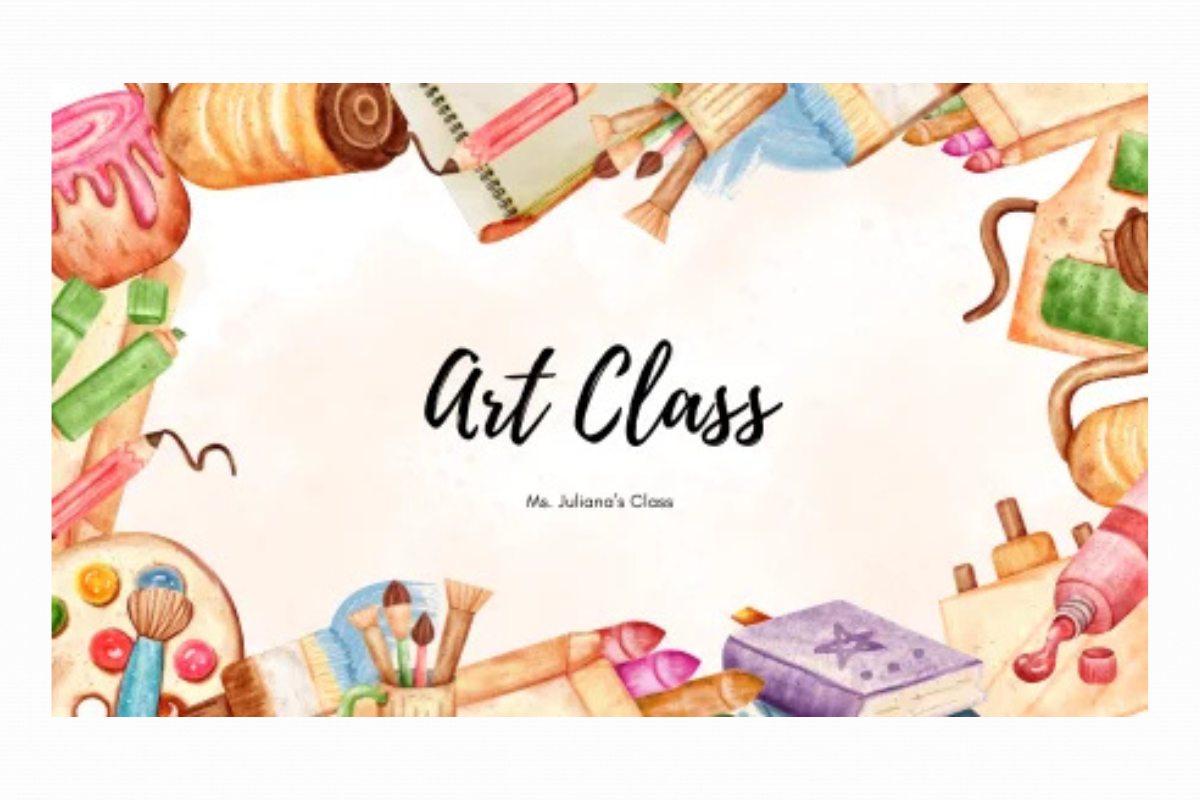Art and Entertainment: A Philosophical Exploration
Philosophers have discussed art – or artistic practices such as poetry – since ancient times. But systems of art and entertainment appeared only in the modern era – in the West, during the 18th and 19th centuries. And philosophers have largely neglected the concept of entertainment. In this book Andy Hamilton explores art and entertainment from a philosophical standpoint. He argues, against modernist theory, that art and entertainment are not opposites, but form a loosely connected conceptual system. Against postmodernism, however, he insists on their vital differences.
Hamilton begins by questioning the received modernist view, examining artist-entertainers including Jane Austen, Charles Dickens, Louis Armstrong and Billie Holiday. Entertainment, he argues, is by nature audience-centred – but so is art, in a different way. Thus while art should pass the test of time, entertainment must pass the test of its own time – it has to entertain at the time it is produced.
Introduction to Art and Entertainment
Art and entertainment have been at the forefront of human culture for centuries, yet philosophical discourse often overlooks their complex interrelationships. In his enlightening work, Art and Entertainment: A Philosophical Exploration, Andy Hamilton delves into these concepts, illuminating how they are not mere opposites but rather interconnected facets of our aesthetic experience.
Historical Context of Art and Entertainment
Historically, philosophers have engaged with various art forms, from poetry to visual arts, since ancient times. However, structured systems of art and entertainment emerged primarily during the Western 18th and 19th centuries. Hamilton challenges the modernist perspective, suggesting that art and entertainment coexist in a fluid conceptual sphere rather than a binary opposition. He argues that the two should be examined together, highlighting how they reflect different relationships with their audiences.
The Audience-Centered Nature of Entertainment
One of Hamilton’s key arguments is that entertainment is inherently audience-centered, while art engages with its audience differently. He emphasizes that art should endure the test of time, whereas entertainment needs to resonate at the time of its creation. This perspective invites a meritocratic understanding that embraces neither elitism nor populism. Hamilton’s approach encourages readers to consider deeper aesthetic concepts, such as criticism and cultural appropriation, sparking discussions that are as relevant today as they were in the past.
Affiliate Disclosure
Book Store Online is a participant in the Amazon Services LLC Associates Program, an affiliate advertising program designed to provide a means for sites to earn advertising fees by advertising and linking to Amazon.com. As an Amazon Associate, we earn from qualifying purchases.



